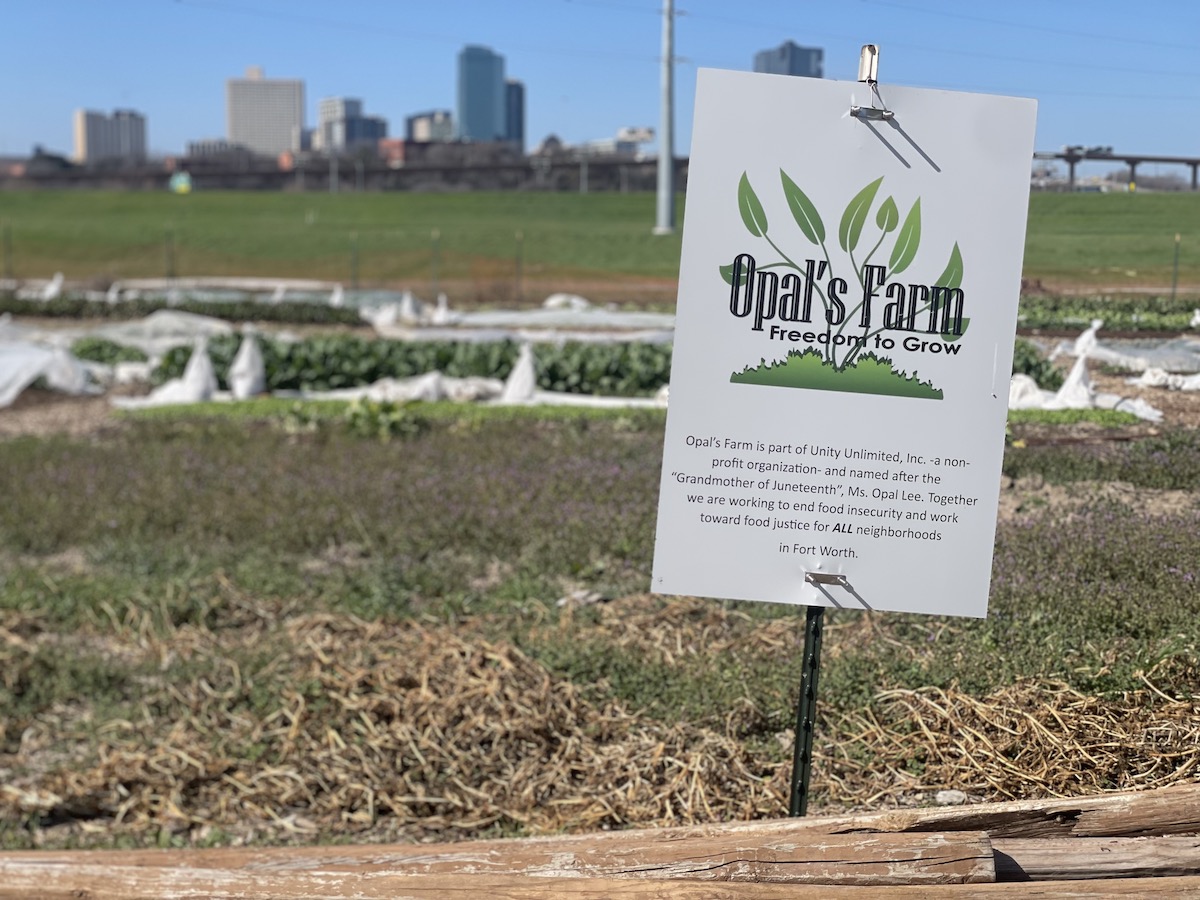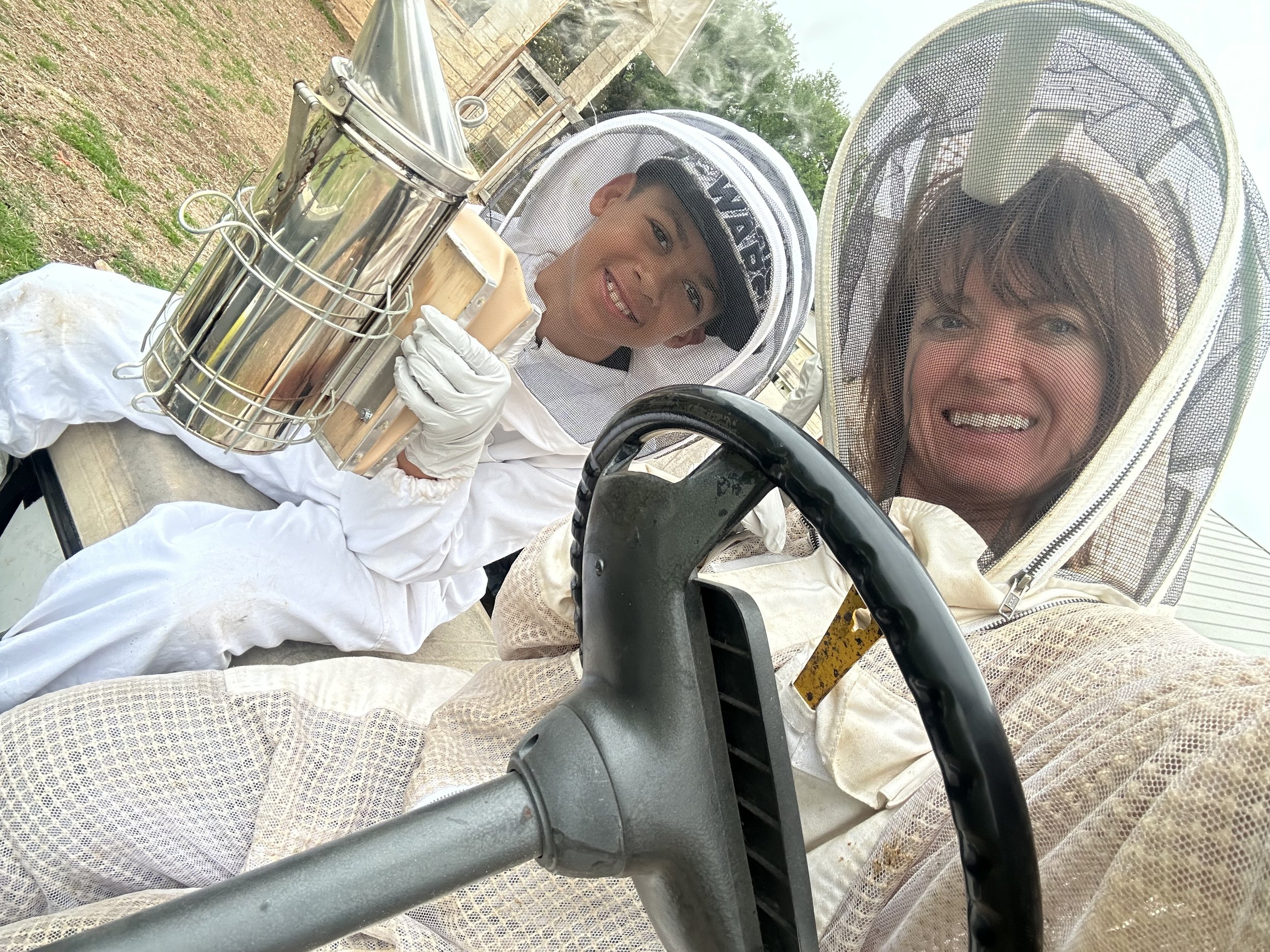Eating local sounds great, but how do you actually do it in everyday life? The good news: it’s simpler than you think. In Texas, small, consistent choices—whether it’s picking up Poteet strawberries in April or Rio Grande Valley citrus in winter—add up fast. Every dollar you spend with nearby farms brings fresher food to your table and strengthens your community.
1. Shop Seasonal
Most produce in the U.S. travels 1,500 miles or more before it reaches your plate. By the time it arrives, vitamins like C and A begin to decline. Buying local and in season means shorter travel times, more flavor, and better nutrition.
Texas examples:
- Spring: strawberries and leafy greens
- Summer: melons, tomatoes, peppers
- Fall: pecans, pumpkins (yes, they really grow in Texas!)
- Winter: Rio Grande Valley citrus, cool-weather greens
2. Look for Local Labels
Even big grocery chains carry Texas-grown items if you know where to look. H-E-B, Central Market, and even Costco often mark local produce, dairy, and meat.
💡 Why it matters: Spending $100 locally keeps about $68 in your community, compared to just $43 when you spend at a national chain.
3. Explore Farmers Markets
Farmers markets are the easiest way to meet the people who grow your food. They also bring unique finds—heirloom tomatoes, heritage eggs, or fresh tortillas—that you won’t see in big-box chains.
👨👩👧👦 Family bonus: A market trip can double as a weekend outing, letting kids taste fresh fruit and talk directly with farmers.
4. Join a CSA or Subscription
Community Supported Agriculture (CSA) boxes deliver a rotating selection of produce straight from Texas farms. USDA reports show CSA participation has grown fivefold since the 1990s as families look for fresher, more reliable food sources.
Benefits:
- Convenience—produce delivered or picked up weekly
- Variety—try foods you wouldn’t normally buy
- Reliability—steady support helps farms stay in business year-round
5. Visit a Farm or Take a Class
There’s no substitute for seeing where food comes from. Farm tours, cheese-making workshops, or mushroom-growing classes turn abstract ideas into real experiences.
👉 Why it matters: “Eating local” becomes more than a shopping choice—it’s a memory, a story, and a hands-on way to connect with Texas traditions.
Curious? Here Are a Few Farm Experiences To Explore:
✅ Getting Started Checklist
- Buy one Texas-grown fruit or vegetable each week
- Swap one grocery trip a month for a farmers market visit
- Try a CSA box or farm subscription
- Book a farm tour or class this season
A Small Choice, Big Impact
If every Texan spent just $10 a month with local farmers, that would keep about $360 million in the state each year. That money helps small farms stay open, strengthens rural towns, and ensures more food supply is close to home when storms hit.
Closing Thought
Eating local doesn’t have to be all-or-nothing. In Texas, even small steps—like picking up melons in summer or eggs from a nearby farm—add up to fresher meals, stronger communities, and a food culture worth keeping alive.
👉 Ready to take the next step? Browse farm experiences on Delve and see firsthand where your food comes from.








